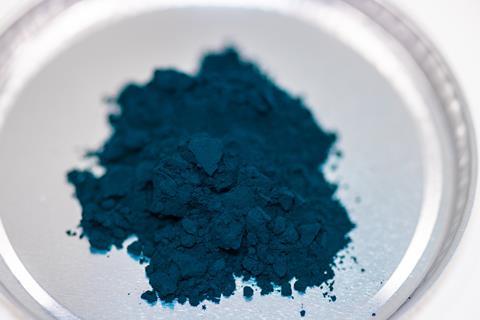For an introduction we'll use the one from October 2017's "A Stanford battery based on sodium may offer more cost-effective storage than lithium":
We've been tracking battery technologies for a long time and if pressed to condense the lessons learned into one sentence it would be: "Scaling up is hard".
That said we keep an eye on developments, as Intel's Andy Grove once said: "Success breeds complacency. Complacency breeds failure. Only the paranoid survive."
From Bloomberg, November 26, 2023:
- Battery industry is starting to turn to sodium-ion products
- If successful, it could yet again rejig metal demand outlook
Battery giants are starting to put their money on new sodium-based technology, a sign that there could be yet another shakeup in the industry that’s crucial for the energy transition.
Sodium — found in rock salts and brines around the globe — has the potential to make inroads into energy storage and electric vehicles because it’s cheaper and far more abundant than lithium, which currently dominates batteries. But while chemically and structurally similar, sodium has yet to be used on a large scale, partly due to the better range and performance of similarly sized lithium cells.
That could be about to change. In the past week, Sweden’s Northvolt AB said it made a breakthrough with the technology, while Chinese EV maker BYD Co. signed a deal
to build a $1.4 billion sodium-ion battery plant. China’s CATL already said in April that its sodium-based batteries will be used in some vehicles from this year.
“It’s serious investment,” said Rory McNulty, senior research analyst at Benchmark Mineral Intelligence. “It’s creating a confidence boost with them saying we are here to continue scaling capacity to commercialize this technology.”
If sodium products do prove successful, they could curb lithium consumption. It’s also a reminder of the perils of trying to forecast metals usage in a constantly evolving industry as companies seek cheaper and more efficient cells.
While sodium-ion batteries’ low energy density means they’re unsuitable for larger EVs, they could increasingly be used instead of lithium in lower-end, shorter-range vehicles — or for power-grid energy storage, where size isn’t such an issue....
....MUCH MORE
Here's the November 21 Northvolt announcement. And here is the Royal Society of Chemistry's Chemistry World with a lot of commentary, including:
Developed with research partner Altris, the battery will use a hard-carbon anode and a cathode based on Prussian white – a derivative of the famous Prussian blue paint pigment....

Our last mention of Prussian Blue was in 2021's "Batteries: Is This The End Of Lithium-ion? (and the beginning of graphene?)".
In-between the 2017 and 2021 posts were:
- "A battery technology worth its salt"
- "Sodium-ion batteries Poised to Pick Off Large-Scale Lithium-Ion Applications"
And more recently"
- "Why sodium is Mukesh Ambani’s big battery bet in EV race"
- "Electric vehicle battery makers test a future without lithium"
Here's June 2023's "CATL announces new battery with 400 kilometer range on 10 minute charge":
Have I ever mentioned the "Flywheel Effect?"
From TechNode, July 7:
On July 6, Wu Kai, Chief Scientist at China’s largest EV battery maker CATL, revealed that its new product can be charged for just 10 minutes to achieve a range of 400 kilometers. Announced at the 2023 China Auto Forum held in Jiading, Shanghai, the new battery is expected to launch within the year. Furthermore, the company aims to reduce the charging time to five to seven minutes in the future. Wu also said that, with a team of 16,000 researchers, CATL is preparing for mass production of its sodium-ion batteries....
Since the big name business schools are closed for a while here's a do-it-yourself Masters Class.
Following up on April's "How to Think About Companies: 'Advantage Flywheels'".....
Incremental advantages lead to overwhelming business success. I don't know if there are 16,000 researchers in the entire rest of the battery biz. If that's the case, how can they catch up to CATL?